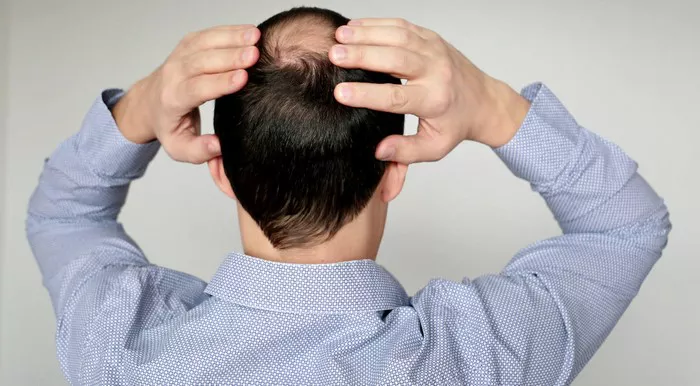Alopecia areata, an autoimmune disorder causing sudden hair loss, poses both physical and emotional challenges for those affected. Understanding the available treatment options is crucial for individuals seeking to address this condition effectively. In this article, we will delve into the best treatment options for alopecia areata, considering various approaches that aim to promote hair regrowth and manage the autoimmune response.
Understanding Alopecia Areata: A Brief Recap
Alopecia areata is characterized by the immune system mistakenly attacking hair follicles, leading to hair loss. While the exact cause remains unclear, genetic predisposition and environmental factors contribute to the development of this autoimmune disorder.
Conventional Treatments for Alopecia Areata
Topical Corticosteroids:
Corticosteroid creams or ointments are commonly prescribed to reduce inflammation and promote hair regrowth.
These topical treatments are applied directly to the affected areas.
Intralesional Corticosteroid Injections:
In more extensive cases, dermatologists may recommend injections of corticosteroids directly into the affected areas to stimulate regrowth.
This method allows for a more targeted and potent application of corticosteroids.
Topical Immunotherapy:
Topical immunotherapy involves applying a chemical, such as diphencyprone (DPCP), to the affected skin to induce an allergic reaction.
This allergic response can trigger the immune system to recalibrate and halt the attack on hair follicles.
Emerging Therapies: Immunomodulatory Approaches
JAK Inhibitors:
Janus kinase (JAK) inhibitors, such as tofacitinib and ruxolitinib, are emerging as promising treatments for alopecia areata.
These medications modulate the immune system, disrupting the autoimmune attack on hair follicles.
Biologics:
Biologics, including agents like adalimumab, are being explored for their potential in treating alopecia areata.
These medications target specific immune pathways involved in the autoimmune response.
Combination Therapies for Enhanced Efficacy
Combining Topical Treatments:
Dermatologists may recommend combining different topical treatments, such as corticosteroids and minoxidil, to enhance their effectiveness.
Combining treatments addresses multiple aspects of the condition simultaneously.
Topical Treatments with Light Therapy:
Combining topical treatments with light therapy, such as ultraviolet light (PUVA), is another approach to boost efficacy.
Light therapy can modulate immune responses and promote regrowth.
Considerations for Individualized Treatment Plans
Individualized Approach:
Treatment plans for alopecia areata should be tailored to individual needs and the severity of the condition.
Factors such as age, overall health, and lifestyle considerations influence the choice of treatment.
Managing Expectations:
It’s essential for individuals and healthcare providers to manage expectations regarding treatment outcomes.
While many treatments show promise, regrowth may vary among individuals, and the condition can be unpredictable.
Lifestyle Measures and Supportive Therapies
Stress Management:
Chronic stress is considered a potential trigger for alopecia areata. Stress management techniques, such as meditation and yoga, can complement medical treatments.
Nutritional Support:
A well-balanced diet rich in vitamins and minerals supports overall health, including hair health. Nutritional supplements may be recommended based on individual needs.
Wigs and Camouflage Techniques:
For individuals experiencing extensive hair loss, wigs and camouflage techniques can provide temporary solutions while waiting for regrowth.
Ongoing Research and Clinical Trials
Advancements in Research:
Ongoing research and clinical trials are continuously exploring new avenues for alopecia areata treatment.
Individuals may consider participating in clinical trials to access cutting-edge treatments.
Conclusion
In conclusion, the best treatment for alopecia areata depends on various factors, including the severity of the condition, individual preferences, and response to specific therapies. Conventional treatments such as topical corticosteroids and immunotherapy remain primary options, with emerging therapies like JAK inhibitors and biologics showing promise. Combination approaches and individualized treatment plans, considering lifestyle measures and supportive therapies, contribute to a comprehensive strategy. While managing expectations is crucial, ongoing research offers hope for more effective treatments in the future. Individuals affected by alopecia areata are encouraged to consult with dermatologists to explore the most suitable treatment options based on their unique circumstances.

